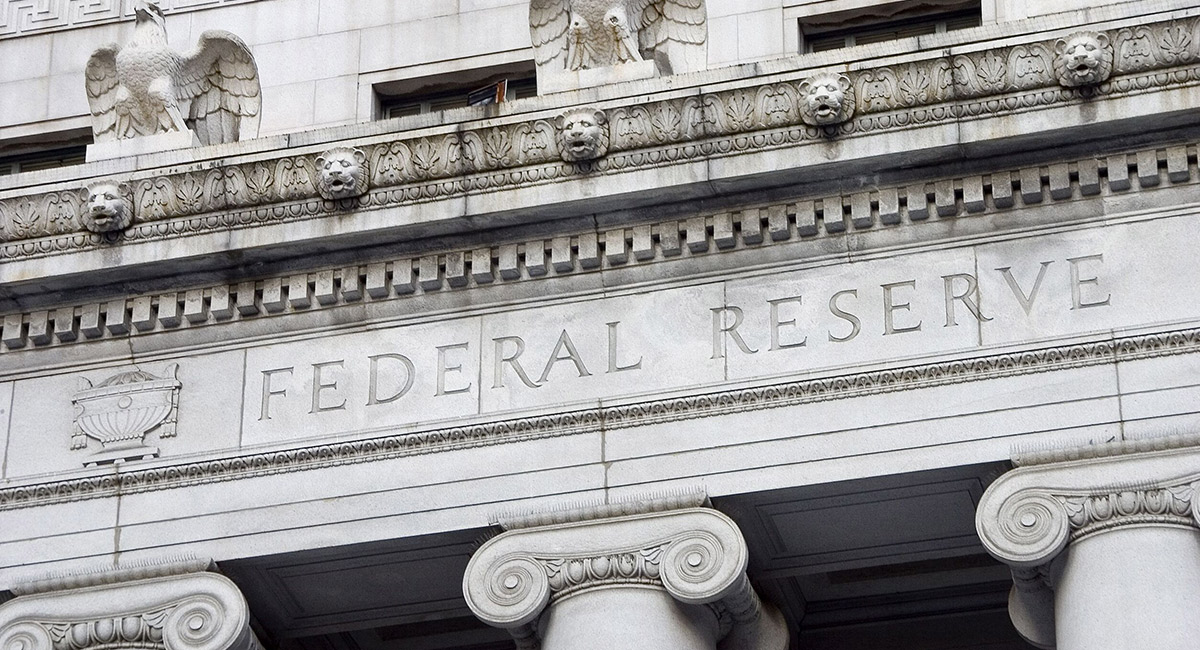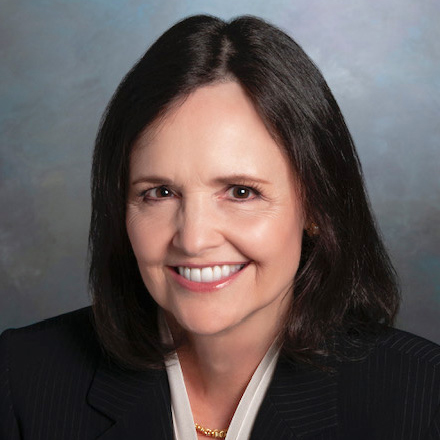This is getting old.
We have had frenzied speculation for weeks about whether the Federal Reserve was going to raise interest rates. It all boiled down to whether or not the word “patient” would appear in the statement released by the 10 current voting members of the Federal Open Market Committee (FOMC) after meeting in Washington, this week to decide their next move.
What does it signify that the word “patient” has now been removed? The anticlimactic news is that it merely connotes that the Fed has the option to consider whether to raise interest rates or not at its June 16 to 17 meeting. Why three months from now? A real monetary policy wonk knows that the trigger word “patient” implied that the option to raise would become operable two Fed meetings hence; it had to do with Fed Chair Janet Yellen’s earlier reference to “at least the next couple of ... “
And now the whole game starts up again because the next scheduled FOMC meeting will take place April 28 to 29, only six weeks from now. Who knows what the Fed’s latest ambiguous word alluding to the collective disposition of committee members on when to raise interest rates might turn out to be? Several members have suggested in recent weeks that it’s high time for liftoff – though it’s unlikely that the Fed will choose “antsy” as its new code word.
Is this any way for an exemplary nation dedicated to free markets and free people to show the world how to make monetary policy? Is this how we demonstrate our commitment to democratic capitalism—by allowing a government agency to fix the price of capital?
The Fed refers to itself as an “independent government agency” on its website, noting that it is “ultimately accountable to the public and the Congress.” Fed officials suggest that they serve the interests of Congress by dutifully carrying out the mission assigned to them in the Federal Reserve Act, the often-invoked dual mandate of maximum employment and stable prices.
But it’s worth taking a closer look at the actual language of the legislation, which was amended in 1977, to evaluate that interpretation. Section 2A calls on the Fed to maintain growth of money and credit consistent “with the economy’s long-run potential to increase production, so as to promote effectively the goals of maximum employment, stable prices, and moderate long-term interest rates.”
Interesting facets arise from examining this directive from Congress in more detail. For one thing, the economy’s long-run potential to increase production is not a matter of choosing—based on a presumed tradeoff—between high employment and stable money. As former Fed Chairman Paul Volcker observed in 2013: “I don’t think the words ‘dual mandate’ crossed my lips in eight years. If prices are stable, that would be good for employment.”
And it seems appropriate to challenge the Fed’s definition of “stable prices” as meaning that the dollar’s purchasing power should be deliberately reduced 20 percent per decade. Where does it say that targeting a perpetual 2 percent annual inflation rate is equal to price stability? We should not let Fed officials get away with calling “stable inflation” a legitimate objective when it should be seen as an oxymoron.
One could further argue that the Fed was given a treble mandate, not a dual mandate. The third statutory task assigned by Congress is to achieve moderate long-term interest rates. Consider the Fed’s zero-interest-rate monetary policies of the last six years; moderate long-term interest rates are nowhere to be seen. The Fed has likely met the accountability test for some members of Congress by reducing the government’s cost of borrowing, thus enabling higher spending on other favored causes; it gives new meaning to the notion of “highly accommodative” financial conditions. But it’s doubtful that many seniors feel they have been well-served by the Fed’s actions to suppress interest rates. It’s not easy to live off a bank savings account that pays a measly 0.95 percent annually.
Meanwhile, the Fed has been downright generous to the U.S. government these past few years. Speaking to Yellen during her semiannual testimony before Congress last month, Sen. Mark Warner (D-Va.) made reference to a welcome consequence of the Fed’s having purchased huge sums of Treasury debt in the course of conducting monetary policy. “I would simply point out that because of the extraordinary remittances from the Fed’s expanded balance sheet, we’ve seen north of $420 billion in net additional revenue that has diminished our deficit,” Warner said.
So much for the Fed being an independent government agency.
Finally, it’s becoming apparent that the Fed’s “forward guidance” amounts to little more than a continuing saga of Hamlet-like orations extolling rising employment while bemoaning the lack of wage pressure evidenced by a less-than-target rate of inflation—which merely confuses rather than enlightens the public. As we now enter this latest episode of Fed-obsessed financial journalists parsing yesterday’s nuanced FOMC statement, we need to begin thinking about an alternative approach for calibrating the growth of money and credit to the needs of the real economy.
It should start with basic principles: Money is meant to serve as a reliable tool for measuring value in a free-market economy and to provide a dependable store of value. Money should not be used as an instrument of government policy.
It’s time to fix where the buck starts.









